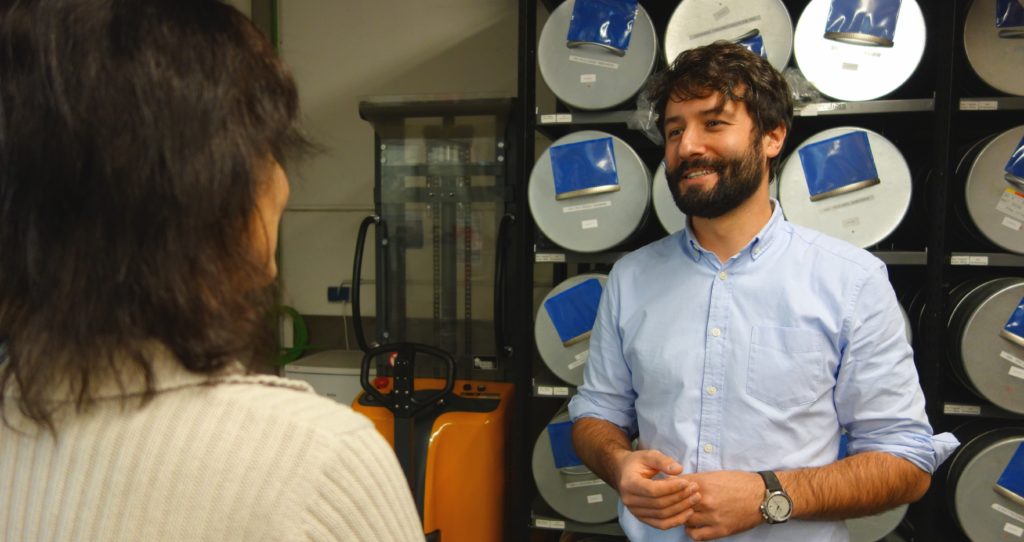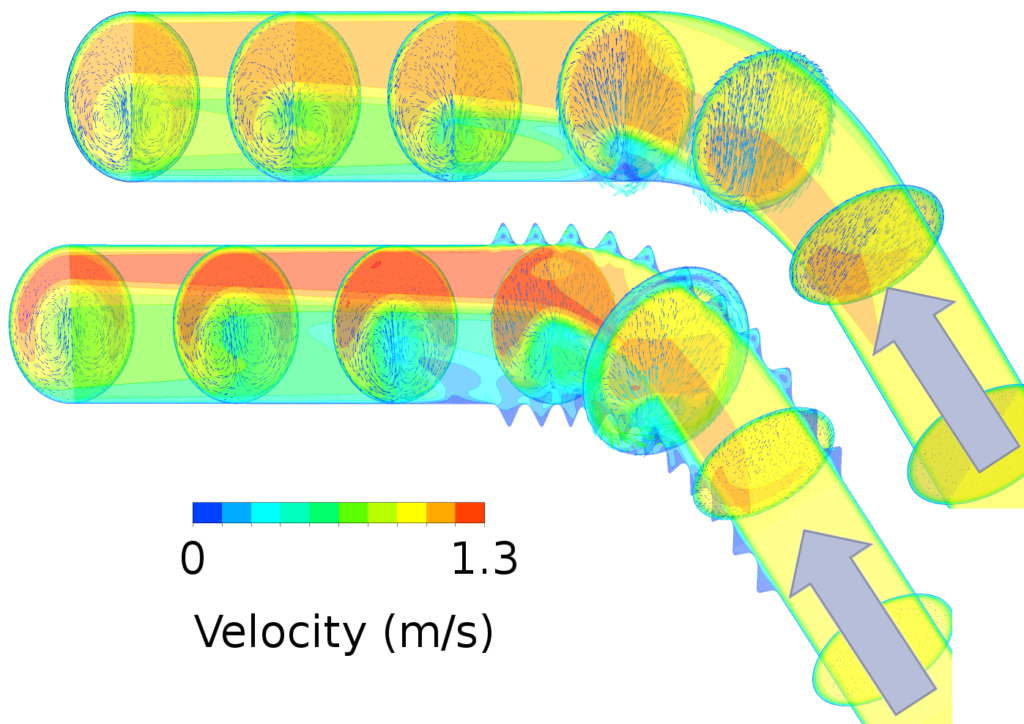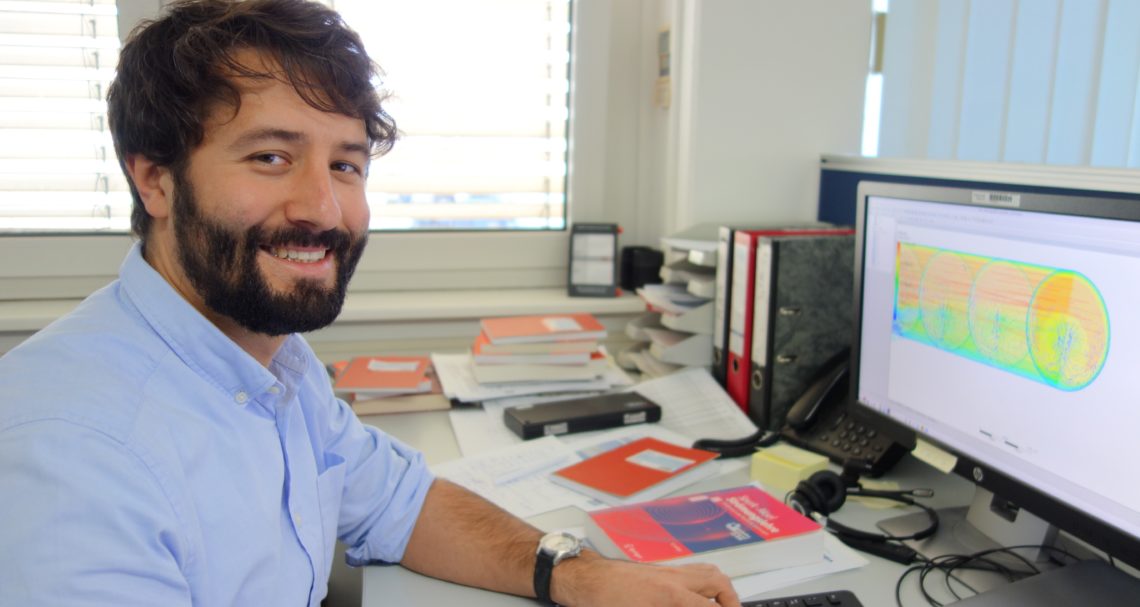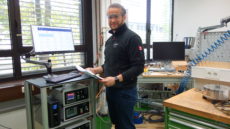This post is also available in: Deutsch
Look into the future – that’s what dubious fortunetellers at the fair promise, but not scientists. Or can they? We can indeed predict the future in a locally limited system. And we can do so reliably and on the basis of established scientific methods, such as numerical simulation. But what exactly does that mean? People have been developing or discovering equations for thousands of years. This enables us to precisely map almost all conceivable processes and thus take a look into the future.
An example: If I put an ice cube container with water in the freezer, I can predict when I will be able to cool my drink with ice. I need to know a few things, however. Among others, what is the initial temperature of the water? How much water is contained in an ice cube? How cold is it in the freezer? If I know these and a few other details, I can calculate how long it takes for the water to freeze. Predicting here actually means calculating.

The equations that describe physical processes are usually very complicated and can only be solved exactly in the rarest of cases. For example, we know the equations that describe the flow of gases or liquids and can formulate them for the flow through cooling lines. Analytical solving of these equations is often very difficult or even impossible with today’s mathematical methods.
This is where numerical simulation comes into play. It divides the area under consideration into many smaller sub-areas: the finite elements or volumes. Numerical simulation allows us to break down complicated equations into a system of many – but much simpler – equations. We can solve this system of equations using modern mathematical methods. This is usually done by a powerful computer – luckily, because the systems often consist of several million equations. This makes it possible to calculate the flow in the cooling pipe. The result shows us exactly what pressure loss we can expect and how exactly it will occur.

Using numerical simulation, it is therefore possible to make forecasts for the future with a certain degree of accuracy. The precision essentially depends on the size of the system and the available computing capacities. Modern weather forecasts, for example, are nothing more than numerical calculations. However, the size of the system under consideration – the global atmosphere – goes beyond any computing capacity. This limits the accuracy of the prediction. In an industrial environment, the systems are much smaller, so the accuracy of the forecasts increases significantly.
"So we can use simulation to accurately predict the behavior of products in operation or their manufacture."
New product ideas can be examined for function and strength within a very short time without first producing prototypes – which would be more time-consuming and more expensive. Another advantage of simulation is that we can develop new products faster and at lower cost. Product improvements or complaints can also be checked and processed much more quickly thanks to simulation.
Looked at more generally, numerical calculations provide a new perspective on the physical processes that control our products and processes. Some of these are hidden and difficult to determine by conducting experimental measurements. For example, it is difficult to use experiments to measure the flow field within a cooling system or to determine the strain when forming metals in presses. In simulation, on the other hand, it is possible to precisely investigate flow or strain at any point – both temporally and locally. If the method is used sensibly, numerical simulation allows us to understand our products and processes much better. Only when we have an in-depth understanding of the components can we optimize them in a targeted manner or adapt them for new applications. This is particularly valuable when we establish ourselves in a new market such as electromobility.

"Simulation helps us to understand the requirements of new technologies more quickly and reliably develop suitable product solutions for them."
We cannot predict the future of our industry, but simulation does provide us with an indispensable tool for mastering today’s and tomorrow’s challenges in engineered joining technology.



